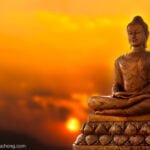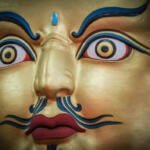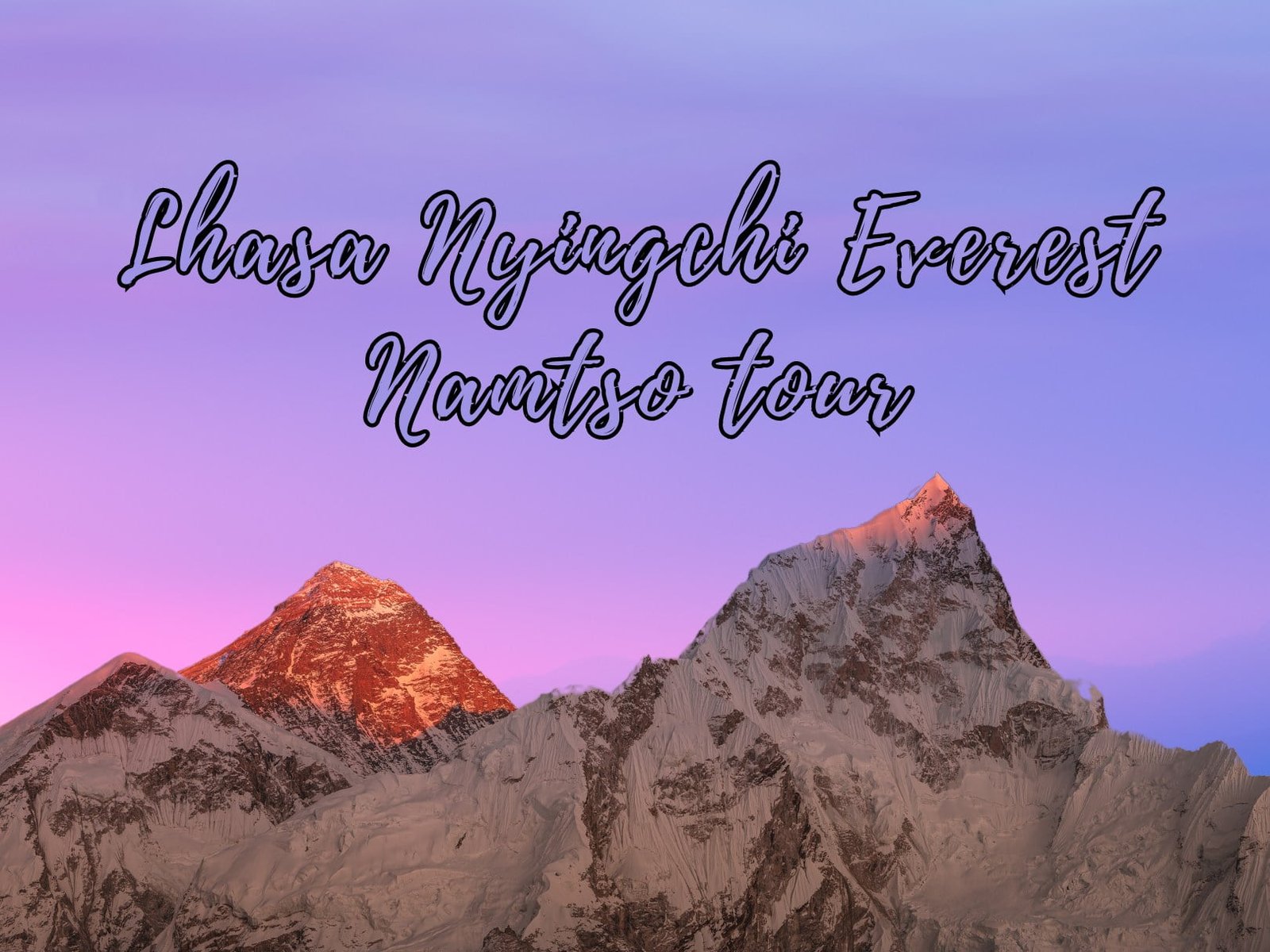The prayer wheel in Tibetan Buddhism is a sacred object that believers spin. Turning it has significant merits, including reciting scriptures and eliminating sins. The more it is turned, the greater the positive effects on sentient beings.
Mani Khorlo, and Tibetan prayer wheels, are common religious objects. They consist of a Wheel with mantras attached to a handle. The rotation of the wheel is believed to generate spiritual blessings and good karma. Tibetans turn the wheel while reciting the mantra, with Buddhists going clockwise and Bon followers going counterclockwise.
Prayer wheels come in different sizes and types, including hand-held ones. Some larger prayer wheels are placed on racks along paths near monasteries and sacred sites for visiting pilgrims. Water, fire, and wind prayer wheels are empowered by their respective elements and can pass positive karma to those who touch them.
Benefits of the Prayer wheel
The wise Shariputra asked the Tathagata how to use the prayer wheel to bring enlightenment. The Tathagata explained that turning the prayer wheel on special occasions or regularly can benefit all beings in the three realms. Those who touch or see the prayer wheel will be protected from the evil realm and bring happiness to all elements of nature. Buddhism.
Turning the prayer wheel brings auspiciousness and perfection. People from various walks of life, including yogis, monks, businessmen, ordinary individuals, and the less privileged, can all benefit.
Buddha Sugata said that one day of turning the prayer wheel equals 100 million mantras. Regularly reciting, turning, and visualizing the wheel eliminates obstacles and helps beings in hell. Aim to be reborn in the Land of Ultimate Bliss and achieve Buddhahood. “The Complete Works of Mani” states that the liberation wheel can be placed high to free all beings wherever the wind blows. Liberation can also be achieved through fire or water power. Merely touching the wheel brings future success. Spinning and unloading the wheel is highly valued by all Tathagatas for liberation.
Powerful Mantra inside the Prayer Wheel
It contains powerful mantras that can transform everything it touches. Turning the wheel is like chanting the mantra, but it can also bring benefits to the spirit world, gods, heaven, and dragons. Holding the mantra only benefits oneself.
Placing a mantra wheel or prayer wheel in a windy place allows the wind to touch it and benefit all sentient beings. This blessing eliminates their afflictions and plants good causes for future practice. Similarly, placing a prayer wheel on a fire or lamp creates a light that eliminates ignorance and plants good causes for accepting Buddhist teachings. The same principle applies to wind horse flags, which carry the power of their spells when touched by the wind. Placing them in water increases luck for those who drink or touch the water. All sentient beings desire happiness and fear pain, so helping them brings about bodhicitta and increases merits. By doing good deeds, such as releasing animals or using various tools, we accumulate merits and experience a smooth life with fulfilled prayers.
How to turn the prayer wheel
To enhance your future, sit upright when turning the prayer wheel. Those who do so with reverence and restraint will preserve their roots and possess a pleasing countenance. Conversely, those who turn the wheel without respect and behave recklessly will suffer the consequences of insanity in their next life. It is advisable to recite the mantra while turning the wheel, maintaining a respectful demeanour, and refraining from crossing. Failure to do so will result in numerous transgressions. Regardless of your identity, turning the prayer wheel frequently will greatly aid in attaining liberation.
Tibetans regularly recite Buddhist scriptures. For those who are illiterate, they turn prayer wheels containing the scriptures instead. This practice has become routine for many Tibetans, who often keep portable prayer wheels at home. These wheels come in various sizes and quality but all contain scriptures.
























